Integrated Aerobic Biological Treatment And Chemical Oxidation With Fenton’s Reagent For The Processing Of Green Table Olive Wastewater
Source: https://www.elsevier.com
Author: Maria Kotsou, Adamantini Kyriacou, Katia Lasaridi, Georgios Pilidis
Table olive processing wastewater (TOPW) is unsuitable for disposal at municipal or industrial wastewater treatment plants due to its high organic and phenol content. Aerobic biological treatment using an Aspergillus niger strain in a bubble column bioreactor in combination with chemical oxidation was studied for the management of TOPW to a quality which corresponds to the input standards for wastewater treatment plants (COD < 1200 ppm, BOD < 500 ppm). After 2 days of biological treatment COD was reduced by 70%, while the total and simple phenolic compounds were decreased by 41 and 85%, respectively. In the chemical treatment step, the effect of different H2O2 concentrations on the patterns of COD and phenol reduction was studied. The main effect of the chemical oxidation step was the elimination of persistent phenolic compounds during the biological treatment of total phenolic compounds. Coagulation with CaO significantly improved the efficiency of the process.
Only logged in customers who have purchased this product may leave a review.
Related books
Adsorption of Heavy Metals from Multi-Metal Aqueous Solution by Sunflower Plant Biomass-Based Carbons
Adsorption of Heavy Metals from Multi-Metal Aqueous Solution by Sunflower Plant Biomass-Based Carbons
Determination of Optimal Operating Condition in Nanofiltration (NF) and Reverse Osmosis (RO) During The Treatment of a Tannery Wastewater Stream
Determination of Optimal Operating Condition in Nanofiltration (NF) and Reverse Osmosis (RO) During The Treatment of a Tannery Wastewater Stream
Removal Of Polar Organic Micropollutants By Pilot-Scale Reverse Osmosis Drinking Water Treatment
Removal Of Polar Organic Micropollutants By Pilot-Scale Reverse Osmosis Drinking Water Treatment
Sludge Biotic Index
Abstract
This study aimed to determine the relationship between activated sludge microfauna, the sludge biotic index (SBI) and the effluent quality of a full-scale municipal wastewater treatment plant (WWTP) working with shock organic and ammonium loadings caused by periodic wastewater delivery from septic tanks. Irrespective of high/low effluent quality in terms of COD, BOD5, ammonium and suspended solids, high SBI values (8–10), which correspond to the first quality class of sludge, were observed. High SBI values were connected with abundant taxonomic composition and the domination of crawling ciliates with shelled amoebae and attached ciliates. High SBI values, even at a low effluent quality, limit the usefulness of the index for monitoring the status of an activated sludge system and the effluent quality in municipal WWTP-treated wastewater from septic tanks. It was shown that a more sensitive indicator of effluent quality was a change in the abundance of attached ciliates with a narrow peristome (Vorticella infusionum and Opercularia coarctata), small flagellates and crawling ciliates (Acineria uncinata) feeding on flagellates.
Sludge Biotic Index
Abstract
This study aimed to determine the relationship between activated sludge microfauna, the sludge biotic index (SBI) and the effluent quality of a full-scale municipal wastewater treatment plant (WWTP) working with shock organic and ammonium loadings caused by periodic wastewater delivery from septic tanks. Irrespective of high/low effluent quality in terms of COD, BOD5, ammonium and suspended solids, high SBI values (8–10), which correspond to the first quality class of sludge, were observed. High SBI values were connected with abundant taxonomic composition and the domination of crawling ciliates with shelled amoebae and attached ciliates. High SBI values, even at a low effluent quality, limit the usefulness of the index for monitoring the status of an activated sludge system and the effluent quality in municipal WWTP-treated wastewater from septic tanks. It was shown that a more sensitive indicator of effluent quality was a change in the abundance of attached ciliates with a narrow peristome (Vorticella infusionum and Opercularia coarctata), small flagellates and crawling ciliates (Acineria uncinata) feeding on flagellates.



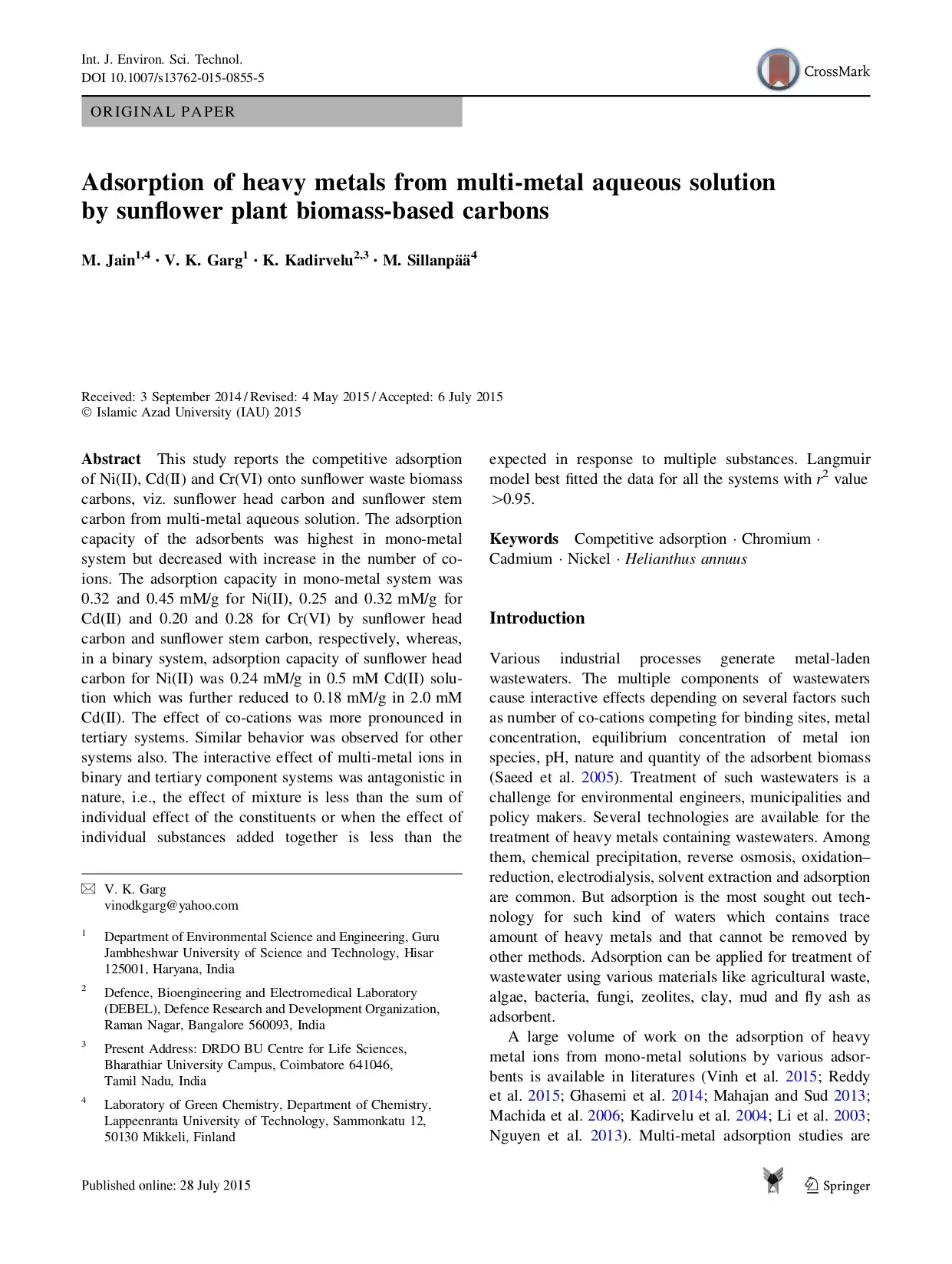
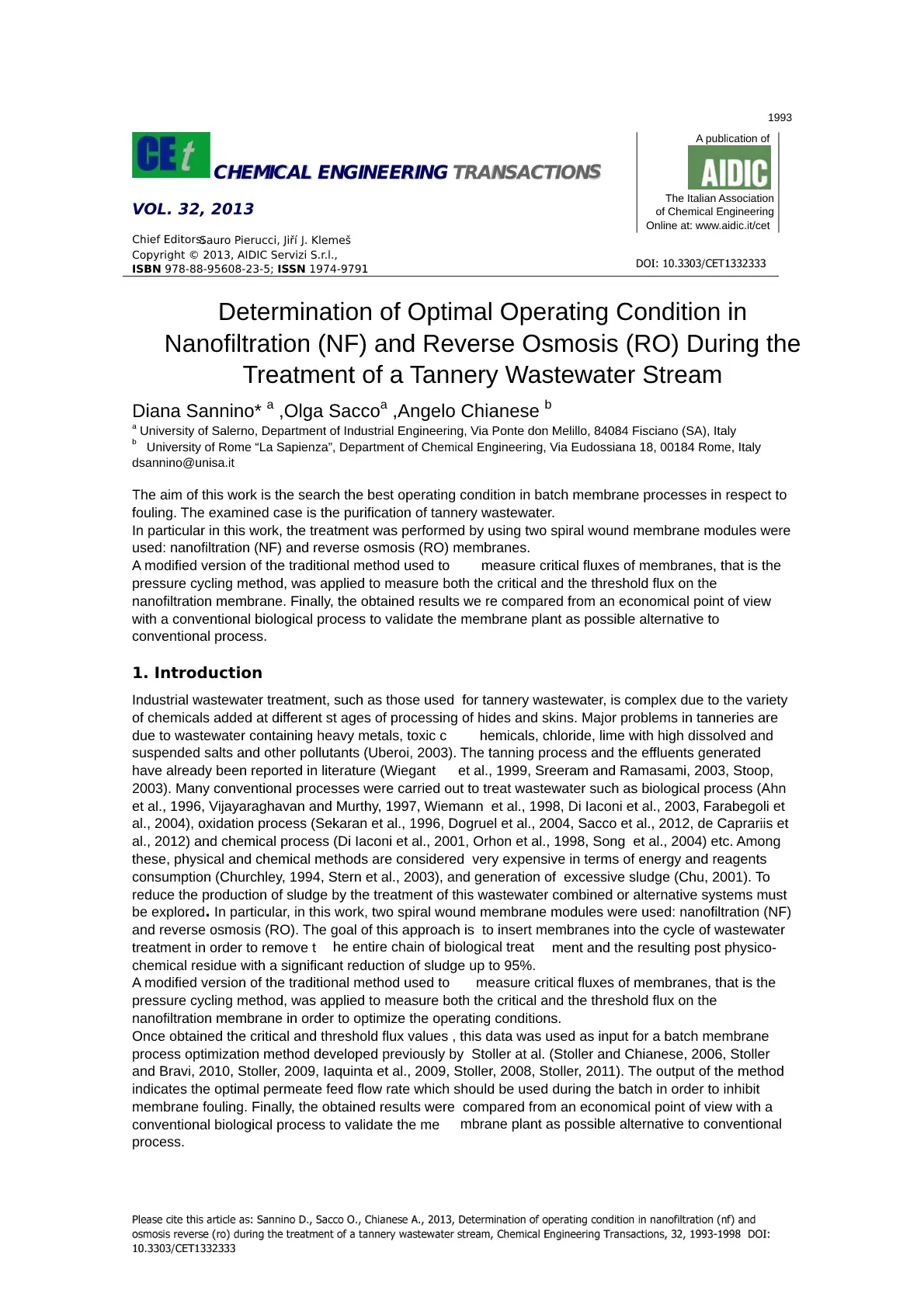
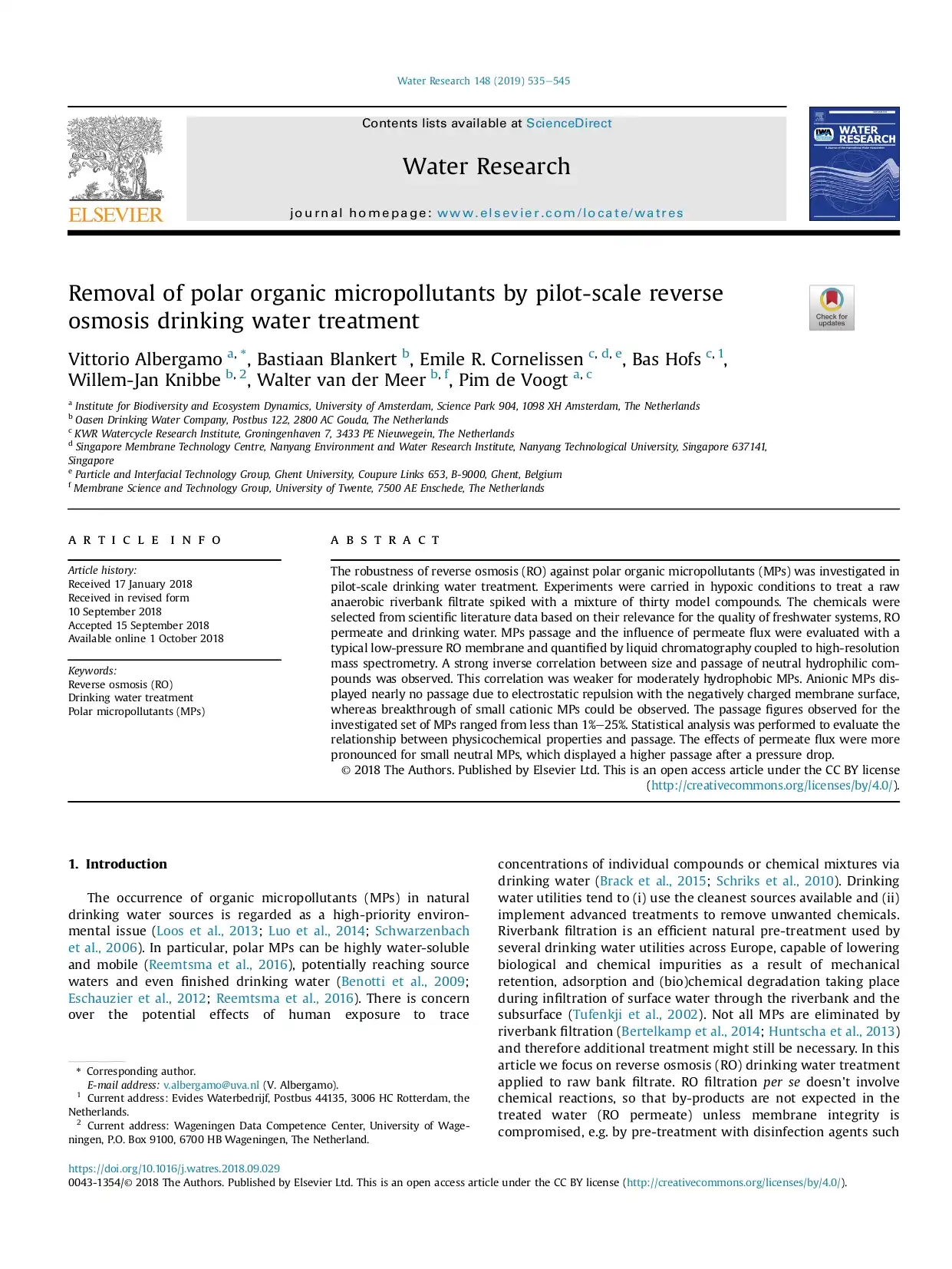
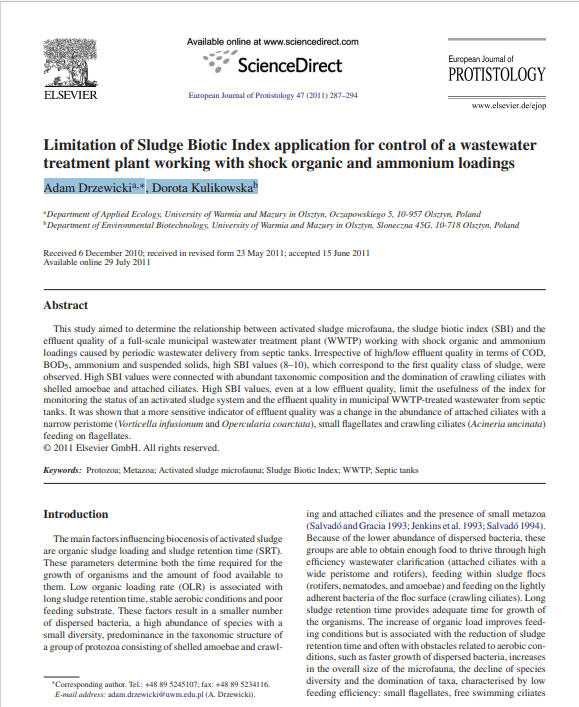
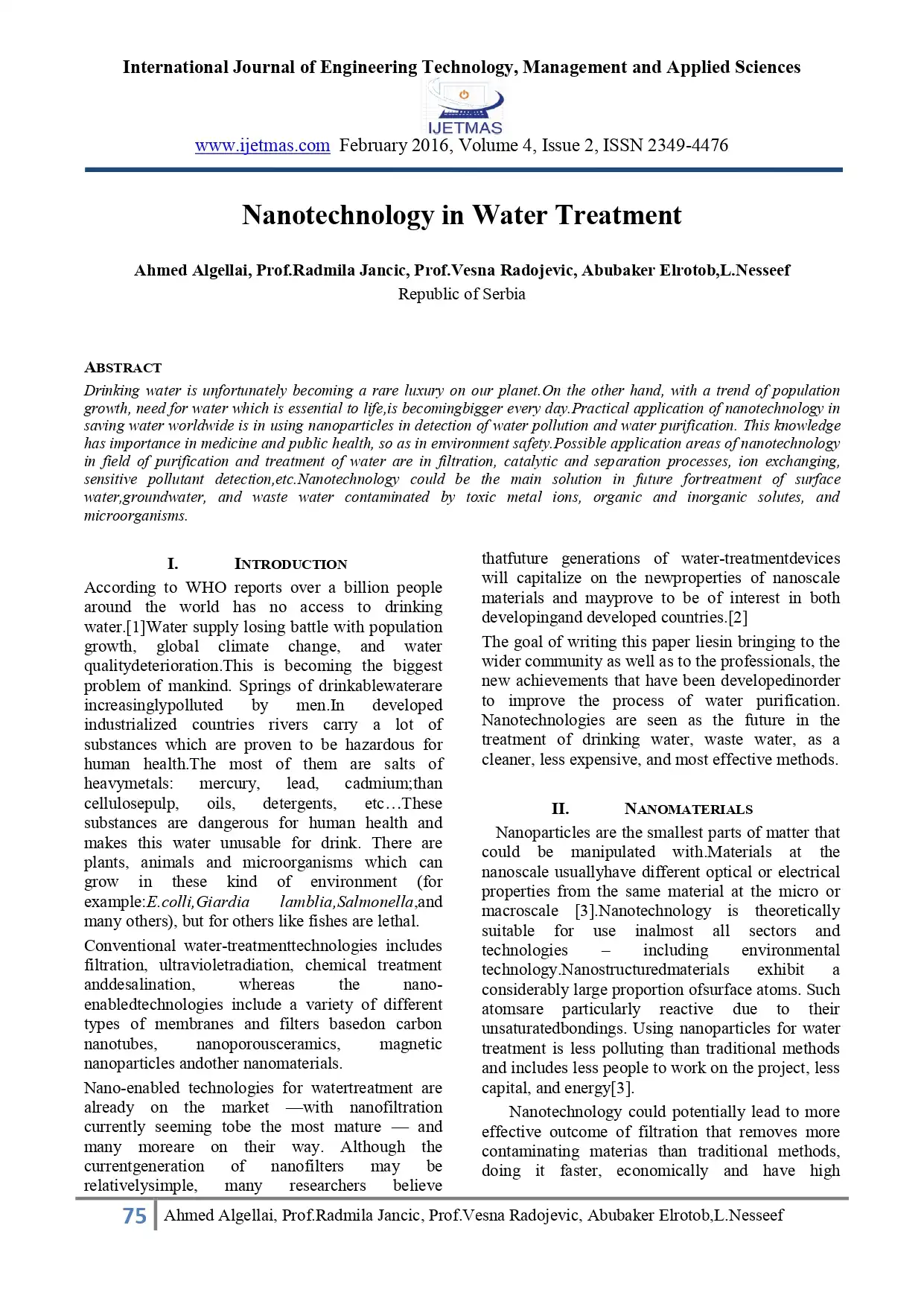
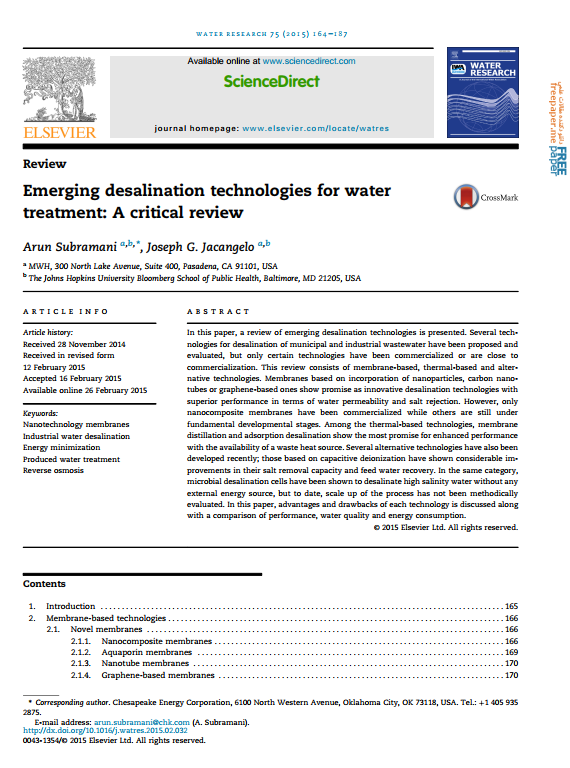
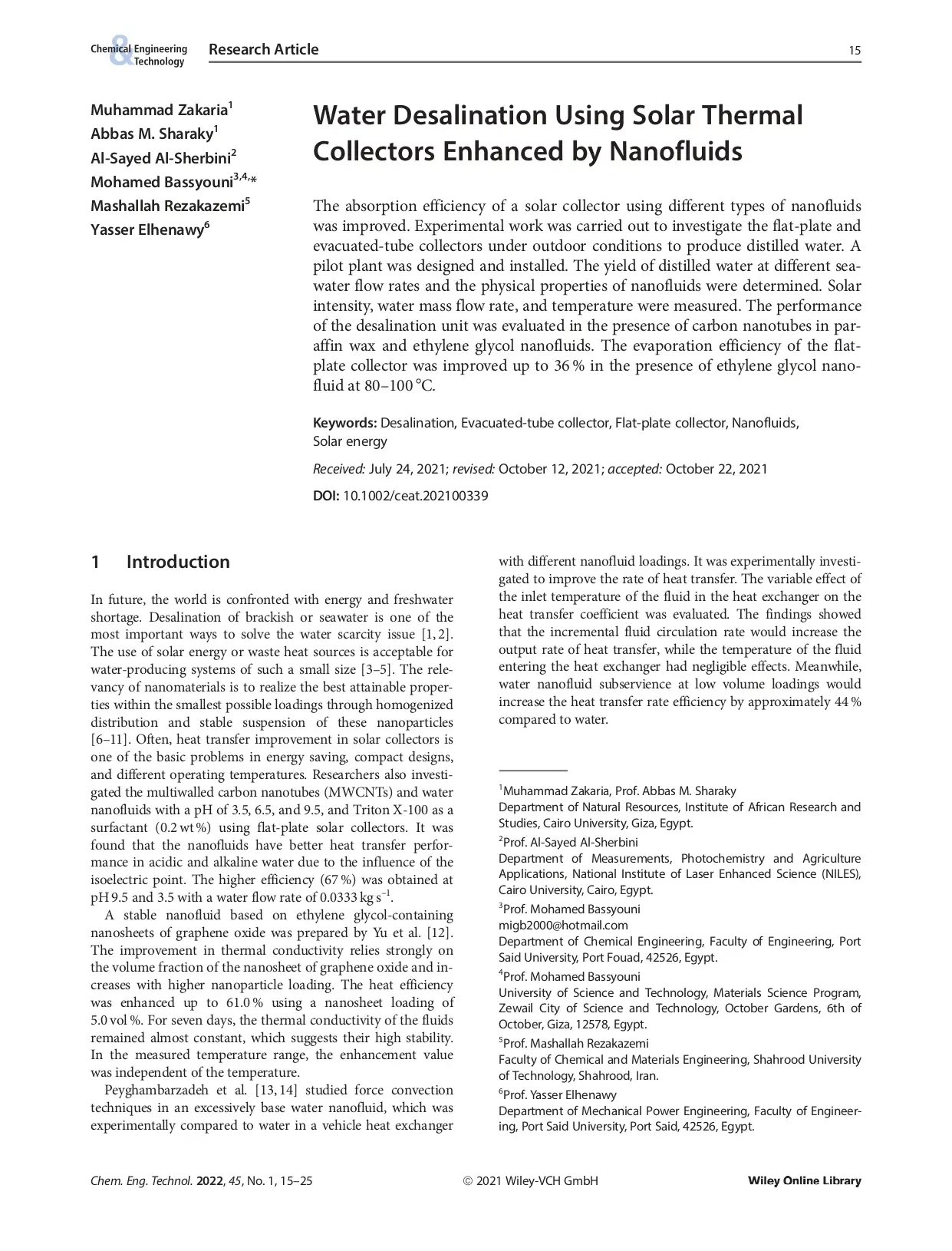

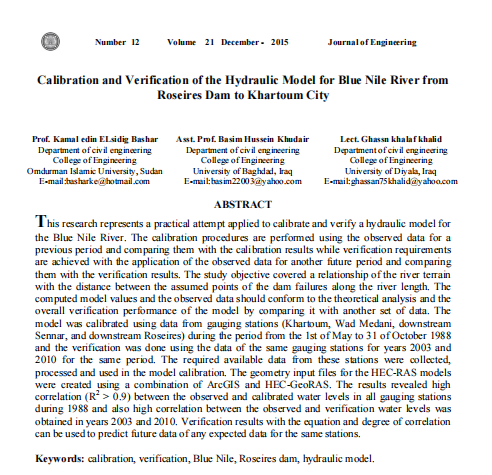
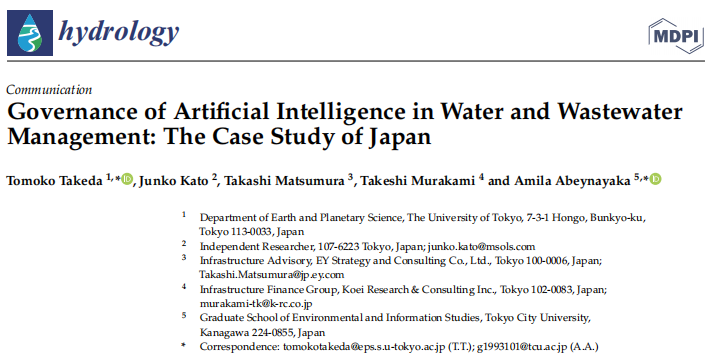
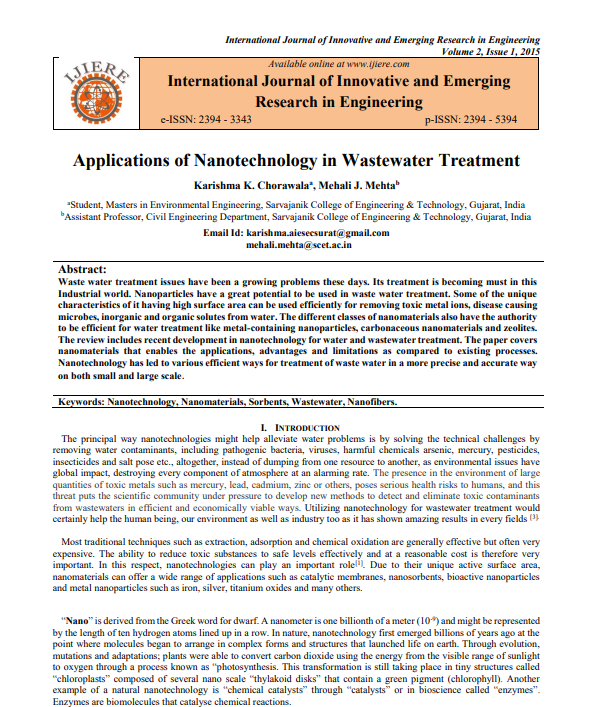
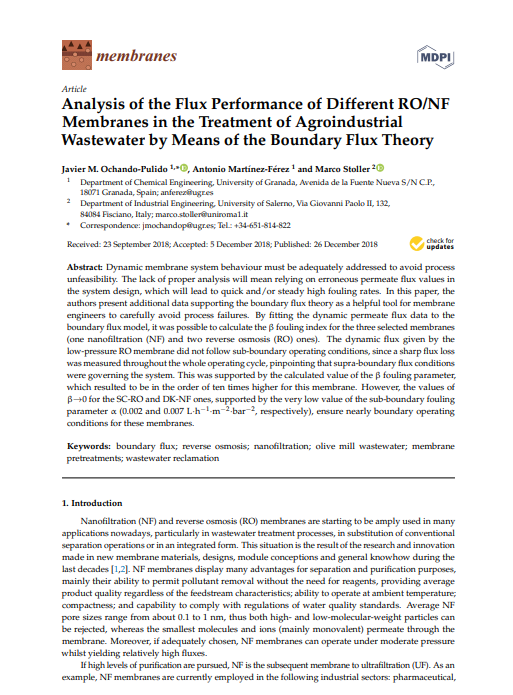
Reviews
There are no reviews yet.